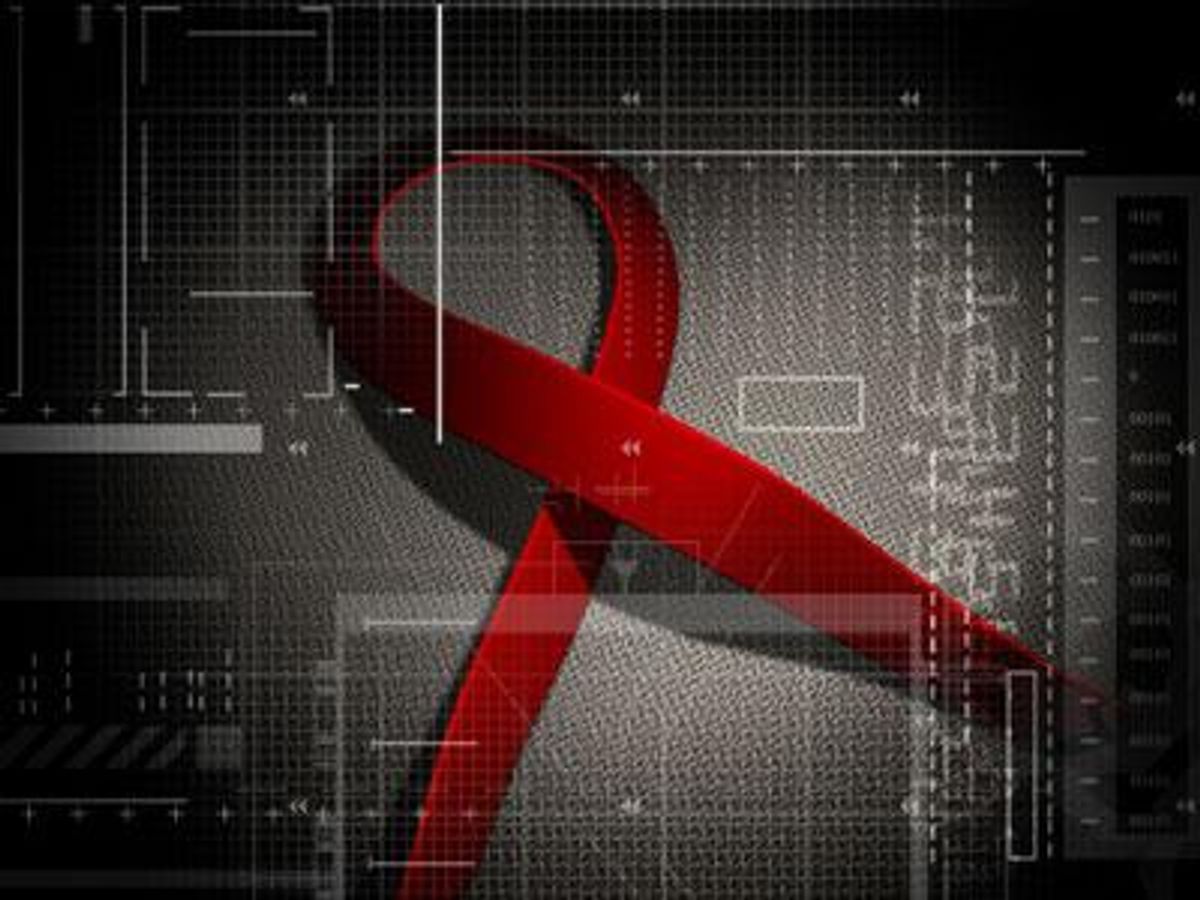While a widely available
cure for HIV infection is likely some years away, this year has been marked by much hopeful news about advances. Here’s a look at some of the biggest stories:
March:
Doctors report that a Mississippi child born HIV-positive and treated with antiretroviral drugs soon after birth has remained free of the virus at age 2½, even after several months without the meds. The child was treated earlier than most, within 31 hours of her birth, and received a high dose of the medications, which are likely factors in getting the virus down to undetectable levels. Soon after, French scientists report that 14 people in their study have been able to maintain low viral levels despite being off
medication at least three years.
April:
Researchers in Denmark announce they are experimenting with a process that would bring HIV out of its hiding places to the surface of cells, where the immune system may be able to destroy it. The technique has been effective in tests involving human cells in a laboratory environment, so the team is moving on to a clinical trial involving human subjects, with a grant from the Danish Research Council.
The scientists are using a class of drugs called HDAC inhibitors, commonly used to treat cancer, to bring the virus out. “I am almost certain that we will be successful in activating HIV from the reservoirs,” Ole Søgaard, a senior researcher at Aarhus University Hospital in Denmark, tells London’s Telegraph newspaper. “The challenge will be getting the patients’ immune system to recognize the virus and destroy it. This depends on the strength and sensitivity of individual immune systems, as well as how large a proportion of the hidden HIV is unmasked.” Researchers elsewhere are studying HDAC inhibitors for this purpose as well.
July:
Boston researchers report that two HIV-positive men whose viral levels became undetectable after bone marrow transplants have maintained that status even after discontinuing antiretroviral drugs. The men had received the transplants as treatment for cancer several years ago, and doctors affiliated with Brigham and Women’s Hospital in Boston announced last year that HIV was no longer detectable in the patients’ blood—but at that time they remained on medications. In the spring of this year, both men stopped taking the drugs, and their viral levels remained undetectable months later. “Berlin patient” Timothy Ray Brown, the first man reported “functionally cured” of HIV after a bone marrow transplant, had received a transplant of cells with a genetic mutation believed to confer resistance to HIV, but the Boston men received transplants of ordinary cells.
“I don’t want to use the ‘cure’ word,” Brigham physician Timothy Henrich tells The Boston Globe. “If they remain virus-free in a year, or even two years, after [stopping] therapy, then we can make a statement that the chances of the virus returning are very low.” He and fellow researchers stress that bone marrow transplants are difficult, risky procedures, not recommended for anyone who does not have cancer. But the Boston patients’ cases may help scientists better understand how HIV works in the body, advancing research toward a cure.
July:
AmfAR, the Foundation for AIDS Research, makes a round of $1.4 million in grants for investigations into a cure. The projects are a British and American study that will develop and test a vaccine-like product tailored to each individual’s HIV; American-French-Australian research into why a portion of patients’ HIV remains in a “reservoir” despite treatment, seeking insight in how to target the reservoir; another study on reservoirs, building on findings that there are many more cells involved than initially believed, and determining how to zero in on these cells with drugs; and an experiment in genetically modifying stem cells so that they have the capacity to kill cells infected with the virus, conducted by U.S. scientists.
Summing It Up:
These developments and others “provide tantalizing hope that a ‘functional cure’ may be possible,” Merck & Co. researcher Daria J. Hazuda writes on HIV Plus’s website. By “functional cure” she means “that people can remain HIV free without the need for antiretroviral therapy.” She adds, “Although these efforts are still very early, as in the early days of the HIV epidemic, the research community has a renewed sense of urgency and dedication to tackle the challenge of eradication.”

